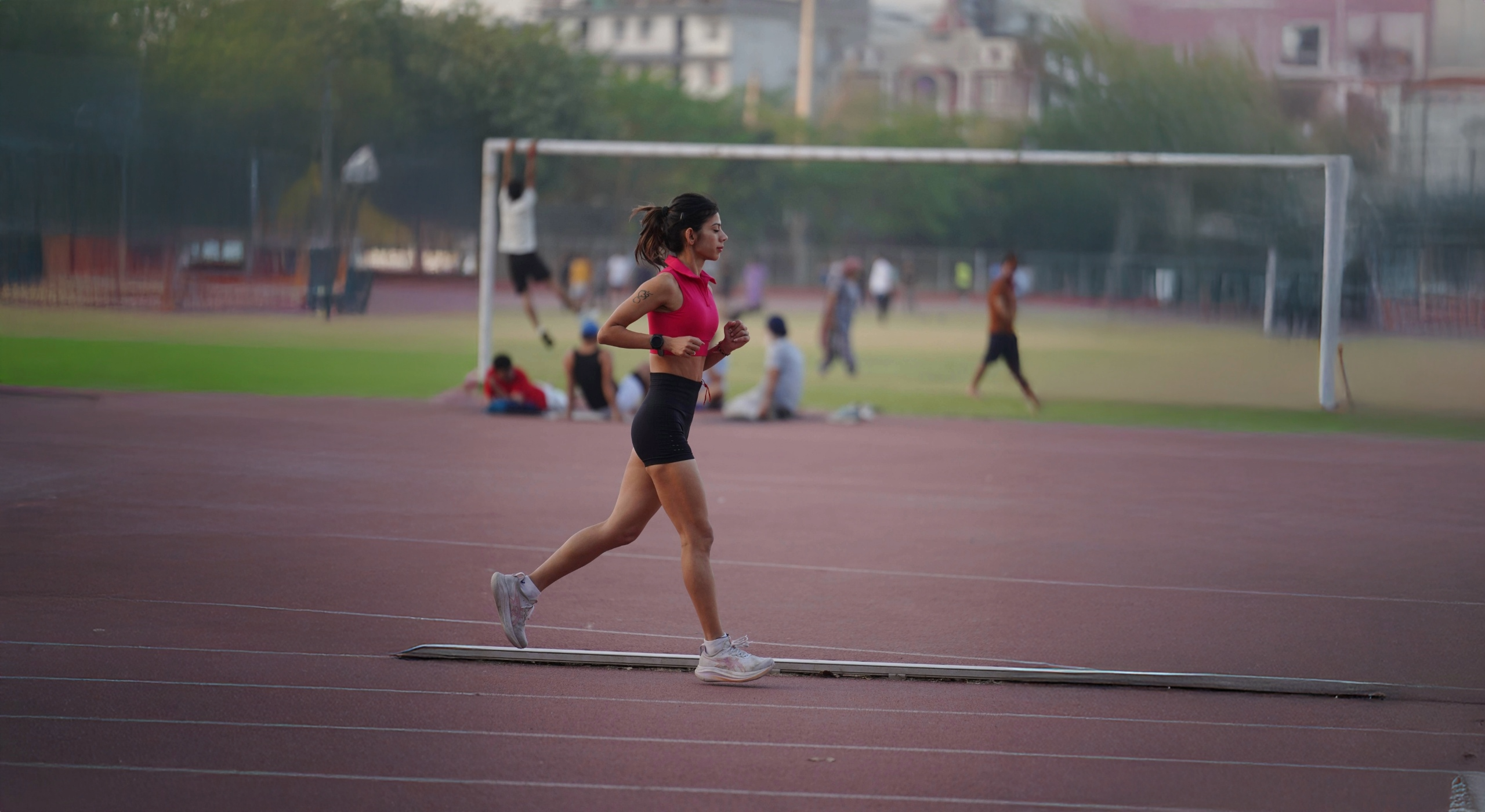5 Common Running Form Mistakes (and How to Fix Them)

Why Form Matters More Than You Think
Running form isn’t about looking picture-perfect, it’s about how your body moves from head to toe with every step. Subtle flaws in posture, stride length, or foot strike can create imbalances and stress on joints and muscles. Over time, this can lead to overuse injuries like shin splints, IT band syndrome, and lower back pain.
Even if you’re not dealing with pain yet, poor form makes your stride less efficient, forcing your body to use more energy than necessary. Whether you’re just starting your running journey or chasing a personal best, learning proper form can make a major difference in both performance and longevity. The good news? You don’t need a complete overhaul – just small adjustments done consistently.
Top 6 common form mistakes
1. Heel Striking
Fix: Try landing on your mid-foot instead of your heel. A heavy heel strike increases impact on your knees and hips. Think of your feet landing softly under your body, not far in front of it.
2. Slouching Posture
Fix: Run tall. Keep your chest lifted, shoulders relaxed, and avoid leaning forward too much. Good posture improves breathing and balance, especially during long runs.
3. Overstriding
Fix: When your foot lands too far ahead of your body, it acts like a brake. Focus on a shorter, quicker stride, and increase your cadence (steps per minute) to improve efficiency and reduce joint strain.
4. Flailing Arms
Fix: Keep your elbows bent at 90 degrees and swing your arms front to back, not across your body. Excessive movement wastes energy and throws off your rhythm.

